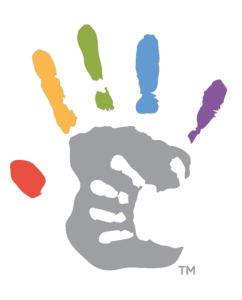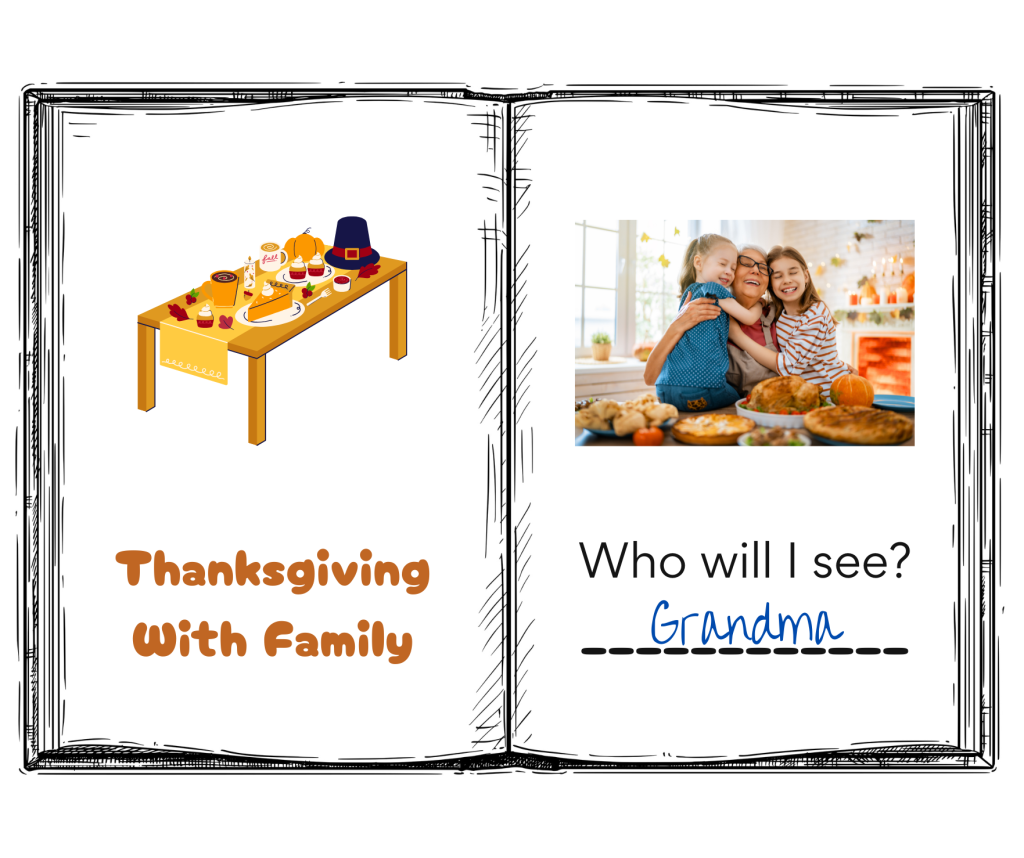Understanding Social Stories and How to Draft One
Welcome, Friends! Today, we’re diving into the magical realm of Social Stories—a tool that’s as helpful as a GPS on a road trip. Whether you’re a parent, teacher, or someone interested in autism support, you’ve come to the right place. Let’s embark on this adventure to understand what social stories are, how they work, and how you can create one for an individual with autism.
What is a Social Story?
Imagine a guidebook that breaks down the abstract rules of social interactions into bite-sized, digestible pieces. That is a Social Story! Designed to help individuals, particularly children with autism, these stories simplify complex social cues and expectations. Developed by Carol Gray in the early 1990s, social stories have revolutionized autism education by providing clear, relatable narratives that enhance social understanding.
Why Are Social Stories Important? Social stories are important for several reasons:
- Enhancing Understanding: They help decode the often-confusing world of social interactions.
- Reducing Anxiety: Setting clear expectations alleviates stress in new or challenging situations.
- Improving Communication: They model appropriate language and responses.
- Encouraging Positive Behavior: They provide positive reinforcement for making good choices.
- Building Confidence: They empower individuals to interact with others confidently.
How to Draft a Social Story
Creating a social story is like baking a cake. You’ll need the right ingredients and some creativity to get a delightful result. Here’s how you can whip up a perfect social story:
Step 1: Identify the Situation or Skill
Start by pinpointing the specific situation or skill you want to address. It could be anything from visiting the dentist to learning how to share toys. Choose something relevant and meaningful for the individual.
Example: Your child struggles with greeting new people. Your social story might focus on the steps involved in saying “hello.”
Step 2: Gather Information
Collect details about the scenario. Consider the context, people involved, and typical reactions. This information will help create a relatable story.
Tip: Consult teachers or therapists for insights into your child’s behavior and needs.
Step 3: Write the Story
When writing, keep it simple and positive. Here are some guidelines:
- Use First-Person Perspective: “I will say hello when I meet someone new.”
- Present Tense: Make the story immediate and relevant.
- Be Literal and Concrete: Avoid metaphors and idioms.
- Short, Direct Sentences: Ensure clarity and ease of understanding.
Example Social Story: Saying Hello
- “I see someone new.”
- “I smile and say, ‘Hello!'”
- “The person might smile and say, ‘Hello!’ back.”
- “This is how I make a new friend.”
Step 4: Incorporate Visuals
Visuals are like the frosting on your cake—they make the story more engaging. Use photos, drawings, or symbols that align with each sentence.
Tip: Create a simple comic strip to illustrate each step, making it fun and easy to follow.
Step 5: Review the Story with Your Child
Read the story with your child regularly, especially before the situation arises. Encourage questions and discussions to ensure understanding.
Implementation Tip: Make it a bedtime routine or a fun activity to reinforce the concepts.
Step 6: Practice and Reinforce
Finally, practice the skills in real-life scenarios. Offer gentle guidance and praise to boost confidence.
Real-World Example: After reading the “Saying Hello” story, practice greeting neighbors during walks. Celebrate your child’s efforts, even if the execution isn’t perfect.
Drafting a social story tailored to an individual’s unique needs can greatly aid their social development. These stories, enhanced with visuals, offer clear guidance and reduce uncertainty, enabling individuals to navigate social interactions with greater ease. Remember, the key to success is family involvement. So, keep those pens (or keyboards) ready, and let’s empower our kids one social story at a time!
And if you ever find yourself lost in the social jungle, remember this: Social stories are your trusty compass, guiding you back to the path of understanding and empathy. Happy storytelling!
Enhancing Lives at BAI





